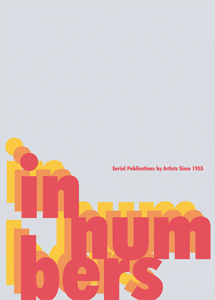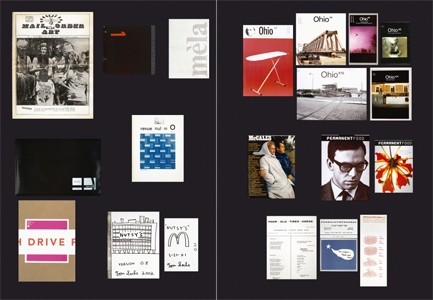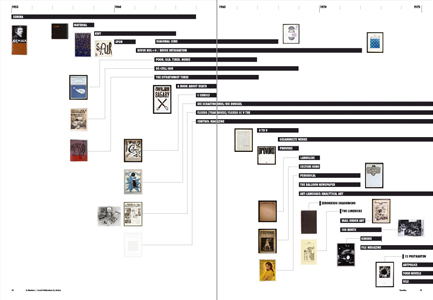A sourcebook on serial publications.
"In Numbers: Serial Publications by Artists Since 1955" is a survey of serial publications, dating from 1955 to the present day, that have been produced by artists from around the world. Amid historical groundswells like the rise of the little press in the 1960s, the correspondence art movement of the early 1970s, and the DIY culture of zines in the 1980s and early 1990s, professional artists have seized on the format of magazines and postcards as sites for a new kind of art production. These are not publications that feature news items, criticism, manifestos, or reproductions of artworks, but are themselves artworks, often collaborative and idiosyncratic. In large part they are produced by younger artists operating at the peripheries of mainstream art cultures, or by established artists looking for an alternative to the marketplace. "In Numbers" is the first volume to define an overlooked art form that is neither artists' book nor ephemera, but entirely its own unique object.
The survey begins with Wallace Berman's "Semina" and continues through Joe Brainard's "C Comics," Eleanor Antin's "100 Boots," Robert Heinecken's modified periodicals, the magazine of the Japanese Provoke group "Art-Language,"
Raymond Pettibon's "Tripping Corpse,"
Maurizio Cattelan's "
Permanent Food," and other contemporary examples such as North Drive Press and
Continuous Project. Approximately 60 publications are surveyed in total. The diversity of this list is reflected in the wide range of techniques, nationalities, and media; the survey does not attempt to be exhaustive, but simply to define the genre's contours and identify certain thematic threads. "In Numbers" documents the history of each publication (its inception, production, distribution, and significance) together with a thorough, completely illustrated bibliography for each title. In addition, several longer essays by experts on the genre (such as
Clive Phillpot, Nancy Princethal, William S. Wilson, and Neville Wakefield) and an illustrated interview between Collier Schorr and Gil Blank complements the individual entries to provide historical context and a broader overview.





